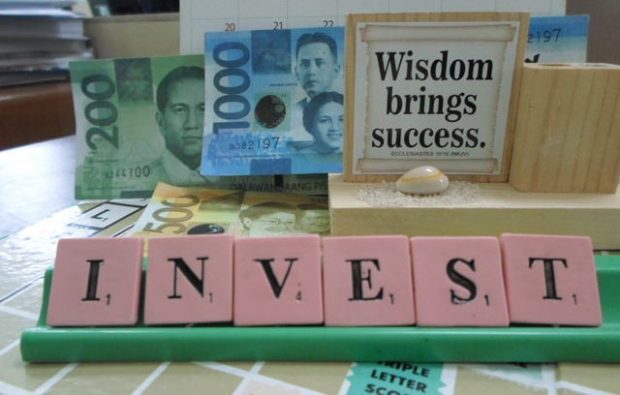Baby Boomers and Gen Xers Can Learn from These Millennial Investment Trends

Those who were born between 1981 and 1996 are categorized as “millennials.” Some people still think of millennials as kids who do not understand how the real world works.
But stereotypes like this are deeply misguided. Millennials are the majority of today’s workforce. According to recent research, they will constitute 75% of America’s workforce by 2030.
In fact, there are several millennial investment trends that other generations can learn from. Below, we will explore how millennials are organizing their finances in innovative ways.
The Social and Financial Context for Millennials
It is important to understand the social context in which millennials came of age. Many millennials were very young during the U.S. housing crisis of 2008.
Today, much of America’s millennial workforce must scrape by as part of the “gig” economy. Gig work does not offer them the worker protections and labor regulations of prior generations.
Also, millennials have grown up in the post-internet world. The digital revolution has changed how labor and money are handled in the economy. They have had to navigate this transition.
Many U.S. millennials also have difficulty affording healthcare. This is another symptom of the gig economy and decreased worker protections.
All these social and economic factors have led millennials to invest differently. They have had to navigate an economy far less bountiful than that of Gen Xers and baby boomers.
Still, these investment trends can be helpful for anyone, no matter their generation.
Careful Investments
Millennials have tended to be more cautious with their finances than other generations. According to some research, millennials track their expenses much more carefully than do baby boomers. They are also more likely to budget their money and stick to their financial plans.
This caution carries over into the investment decisions of millennials. Because they are still young, they have the advantage of time. Millennials often put money into long-term investments, which allows them to rely on compound interest in order to build wealth.
This is a good tip for everyone. Many types of investments are highly volatile. While some offer high returns, they can also present risks.
Invest Using Technology
Millennials use technology to help with everything from job hunting to dating. They also tend to use online platforms to manage their investments.
Many millennials have discovered the numerous advantages of online trading platforms. For one, these services cost much less than traditional financial advisors.
Some digital investment platforms use robo-advisors. These are algorithmic programs that allocate investments based on your chosen criteria.
For example, you may choose to focus on high-yield options or low-risk investments. Some people are concerned about allowing algorithms to choose their investments. In that case, there are also platforms that incorporate human oversight.
Invest in Alternative Assets
This next trend tracks with the prior one. Some digital investment platforms open opportunities that were previously unavailable to average buyers.
For instance, Yieldstreet provides investors with opportunities beyond the stock market. Investing in alternative assets offers the possibility of high-return investments over several years, with the understanding that they come with higher risks than traditional market assets.
Common examples of alternative investments include:
- Real estate
- Private equity
- Private debt
- Commodities
- And more
Alternative assets entail lower liquidity and higher risk. But they can be a useful part of a diversification strategy. Platforms like Yieldstreet give regular investors a way to access and manage this type of investment.
Using digital platforms for investments is a smart tactic that many millennials use. This is true for both traditional and alternative assets.
Investing in You
When most people think of building wealth and growing assets, they think only of the markets. But it is important to remember that you are the most important asset that you have.
Many millennials are focused on investing in themselves. There is no easy-to-see line between monetary investments and personal investments. These two domains of life intersect and influence one another.
Self-investment looks different for young millennials than for older generations. No matter your age, investing in yourself is crucial for realizing your long-term goals.
Retirees should consider the following types of self-investment:
- Investing in your health with time and preventative care
- Invest time in mental health–try new hobbies, education, or technology
- Invest in a new business idea
These types of self-investments are not isolated from your financial profile. A higher quality of life can help you to cut healthcare costs and enjoy yourself more.
Many people mistakenly think millennials are too young to understand the “real world.” Actually, the real-world experiences changes with each new generation. These millennial investment trends are useful for everyone.

